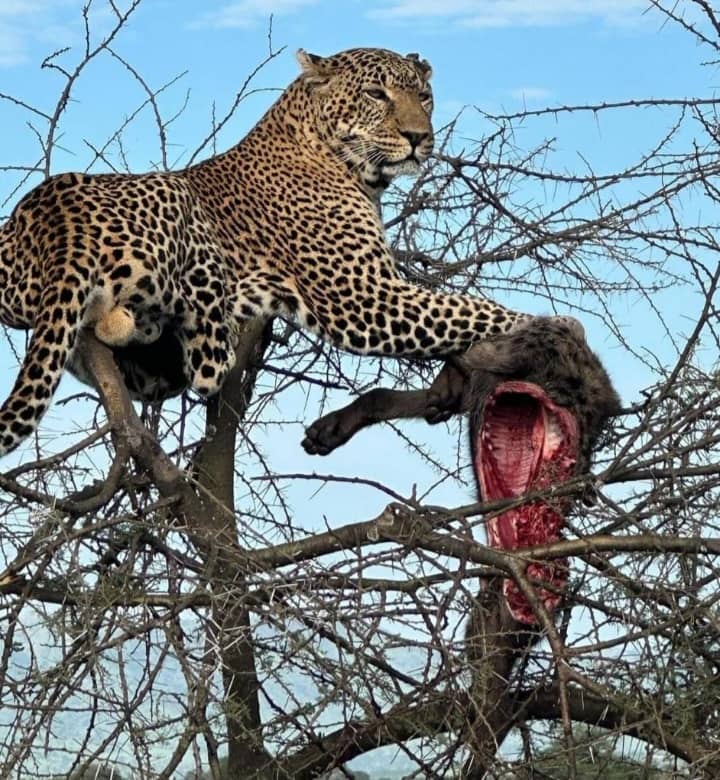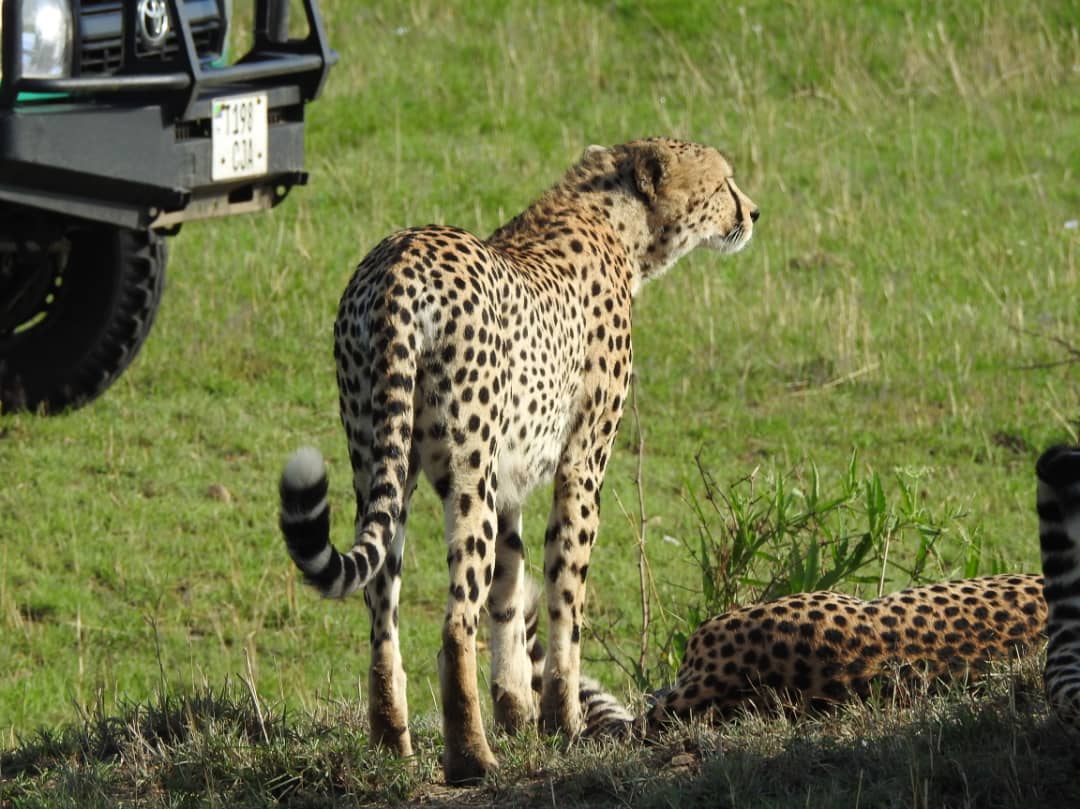Serengeti National Park is probably the world’s most famous national park. It’s known for it’s great plains and huge population of predators, especially lions. On top of that, Serengeti is home to one of the largest annual animal migrations on our planet; the great wildebeest migration.
Because of this (and numerous other reasons), Serengeti has become the safari highlight for many wildlife enthusiasts. The park has grown substantially more popular after appearing several times in nature documentaries like Planet Earth, BBC and many more.
Serengeti National Park lies in the most northern part of Tanzania, bordering Kenya and the Maasai Mara. The park covers a vast area of around 15.000 square kilometers featuring huge savanna’s, mountains, forests and many rivers.
There are numerous reasons why Serengeti National Park is among the world’s most renowned wildlife parks. From its impressive landscapes to its huge herds of animals. It’s said that there are more than 3.5 million animals living in the area. The national park is one of the few places left where you can find vast, untouched areas where animals can live freely, unaffected by human affairs.
Serengeti’s many cats
Thanks to the diverse ecosystem and large habitats of the Serengeti, it can support a vast amount of wildlife. Here herbivores roam free in great numbers, feasting off Serengeti’s nutricious landscapes.
Due to the abundance of prey species, predators appear in great numbers as well. It’s said that over 3000 lions live in this ecosystem, making it the largest population of lion’s in Africa. The lions aren’t the only predators either, they share the area with many more cat like creatures and other predators. Serengeti is home to a great number of leopards and cheetah’s as well as hyena’s, wild dogs and many other species.
Great Migration in Serengeti National Park
The Great Migration is the annual migration of wildebeest, along with other grazers such as zebra’s and gazelles. Each year they migrate from the Ndutu region of the Ngorongoro Crater in Tanzania, through the great plains of Serengeti National Park, to the Maasai Mara in southern Kenya.
Over two million individuals make the earth tremble as they migrate through Tanzania’s lands in search of fresh food. The migration is the largest annual animal migration in the world, making it a spectacular event to attend.
SERENGETI NATIONAL PARK: BEST TIME TO VISIT
Generally the best time to visit Serengeti National Park is from January to February or from June through September. This is based on the movement of the Great Migration, which gathers in Ndutu for calving season in the first period. In the second period people hope to see the great Mara river crossing in the northern parts of Serengeti National Park.
However, you will need at least 3 days safari to get back and forth from the northern part of the Serengeti, making it quite costly. So, the best time for you… really depends on the amount of free time you have and of course, your budget.
The Great Migration can be seen year round, but is more scattered during the rain season. This is considered the least popular period due to the animals being harder to find and chances of getting stuck in the mud. Certain camps and campsites are also closed during the rain season.



